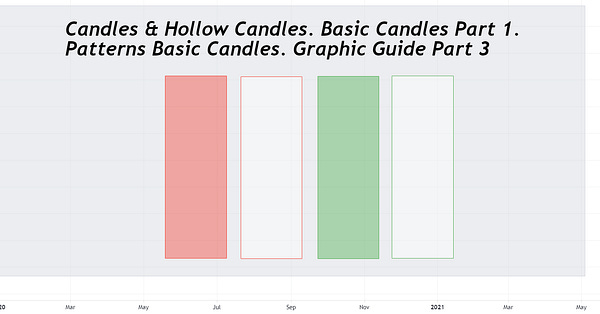This week we’re doing something a little different. This BlockProf is devoted to learning how to apply valuation methods to crypto projects.
Let’s start with what not to do. Do not listen to the plethora of crypto twitter “experts” who do armchair timing analysis of historical trading patterns and suggest that it will predict the future. You may as well invest using tarot cards.
Warning: Reading this will rot your brain:
In traditional valuation practice, finance theory evolves in academic papers, is tested using econometric tools, and then makes its way into CFA, CPA, CVA and other practitioner standards based on real world usefulness. If you want to learn more basic valuation, you can’t go wrong watching youtube videos by the legend, Professor Aswath Damodaran at NYU:
This has led practioners to center on three basic methods: income, asset, and market method. Summary here.
Some of those tools are useful in crypto valuation, but in many ways we are still on the cusp of figuring out how to value a thing that merges aspects of 1) store of value 2) means of payment 3) utility token/means of information transmission and sometimes 4) right to profits, sometimes all in one.
World of Crypto Finance Theory
Crypto Finance Theory is slowly developing, mostly focused on Bitcoin and Ethereum. Stanford’s Susan Athey et al is on the leading edge of this with a canonical paper valuing Bitcoin and Ethereum here. Another foundational paper on crypto valuation is Catalina and Gans here.
The central equation of the model derives from the basic equation for money:
Exchange Rate = Transaction Volume / (Velocity of Bitcoin X Supply of Bitcoin)
A different take on that approach for other proof-of-work tokens is:
Token Value = Real Economic Activity Where Token Used (excluding financial activity) / (Token Supply X Token Velocity)
A twist for proof-of-stake tokens (developed by Fanti et al titled
Economics of Proof-of-Stake Payment Systems) adds a few twists:
Staking Token Value = {(Economic activity)/velocity) + (rewards from taking - costs to staking)/(staker discount rate - normal profit growth rate)} / total token supply
Most of you are tired of equations by now, so we’ll switch to a review of the practitioner thinking.
World of Crypto Finance Practice
Summaries of a token’s distribution schedule and a token’s means of minting (creation) and burning (destruction) of a particular blockchain are often described as tokenomics. A tokenomics summary from the folks at Bankless for Bitcoin and Ethereum here.
The tokenomics will give you inputs for objective inputs like token distribution for the equations above, as well as some background to make choices about discount rates and other subjective variables to input into the models.
You can’t go wrong spending time with Messari’s research reports. Here is their valuation of MakerDao, a project with the governance token MKR that permits some use of traditional valuation because, unlike most tokens representing an interest in underlying blockchains, Maker operates as a quasi-bank with predictable cash flows.
If you are instead attempting to create a valuation for a token representing an interest in an “L1” or layer 1 token (the blockchain infrastructure on which other crypto applications reside and interact…Ethereum is an L1, MakerDao is a decentralized application or “dapp” on top of the Ethereum blockchain) then you may want to consider the operational aspects that crypto hedge fund Jump Crypto uses to evaluate the operational effectiveness of Layer One blockchains at this link.
More on testing the speed and throughput of layer 1 competitors to Ethereum from the folks at Dragonfly Capital here.
Recent work by Wulf Kaal et al further attempts to bridge the gap between the theory and the practice side, available here.
That’s all for now, if you’ve found better crypto valuation resources I missed please email me!






